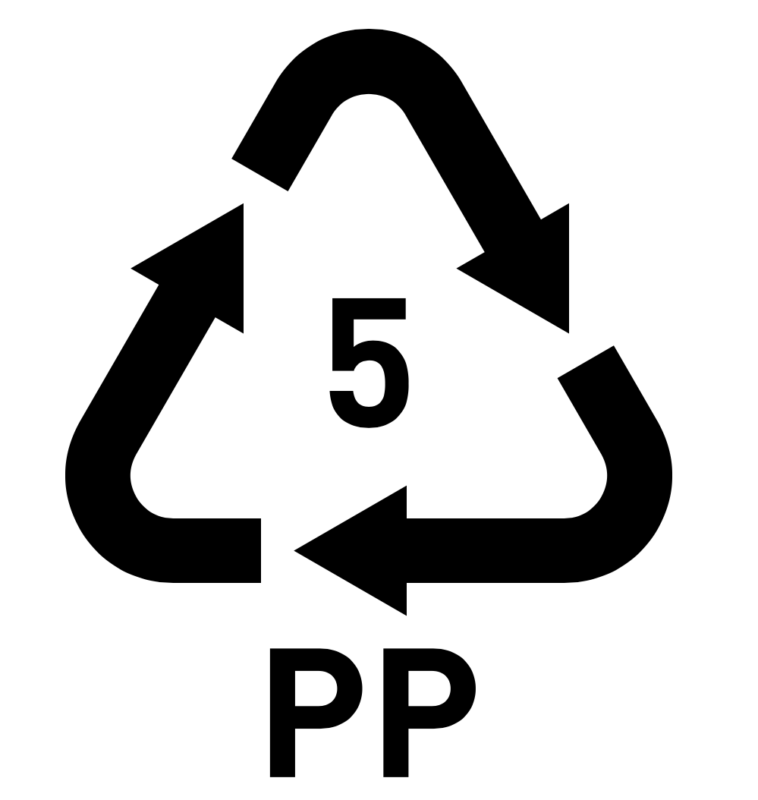Yesterday for the first time I saw a catalogue of a famous company producing and selling cooking accessories. And I soon become puzzled. A lot of people fancy these products lately, however everything they produce is made out of plastic.
My family and some of my closest friends are well aware that I have never been a huge fan of plastic packed things. I try not to take a plastic bag in shops if possible. In the beginning my mom even tended to be a bit annoyed by this habit of mine. It seems to me so unsustainable to produce large sets of consumables inside packages that are only seldom reused and produce almost nondegrading waste.
Another question of course is the safety of the plastic packages to people. Though there are plastics with numbers 2 (HDPE), 4 (LDPE) and 5 (PP) that have been considered safe, it is well known that even for these plastics the research has not fully proven their safety. This discussion reminded me of a high-school student’s research on a similar topic.
Last year in Institute of Chemistry Kerttu Taltsi carried out her student scientific work under supervision of Tõiv Haljasorg. Her topic was leaching of phthalates from plastics with FT-ICR-MS. One of the most considerable finding of this work for our everyday life is that even from plastic no. 5 a detectable amount of plastificators leached into water during 30 days (at 60 °C). She discovered leaching of 3 different phthalates and one previously unidentified plasticizer. The leaching experiment was carried out with pure water. These conditions are not directly comparable to our everyday usage of plastic storing boxes. Usually we do not store one food so long in one box. However often we store food which has low pH and/or warm it up in the micro inside the same plastic box. More information about this research is available from Tõiv Haljasorg.
It seems that more research is needed in the field of safety of plastics though their unsustainability can hardly be argued.


